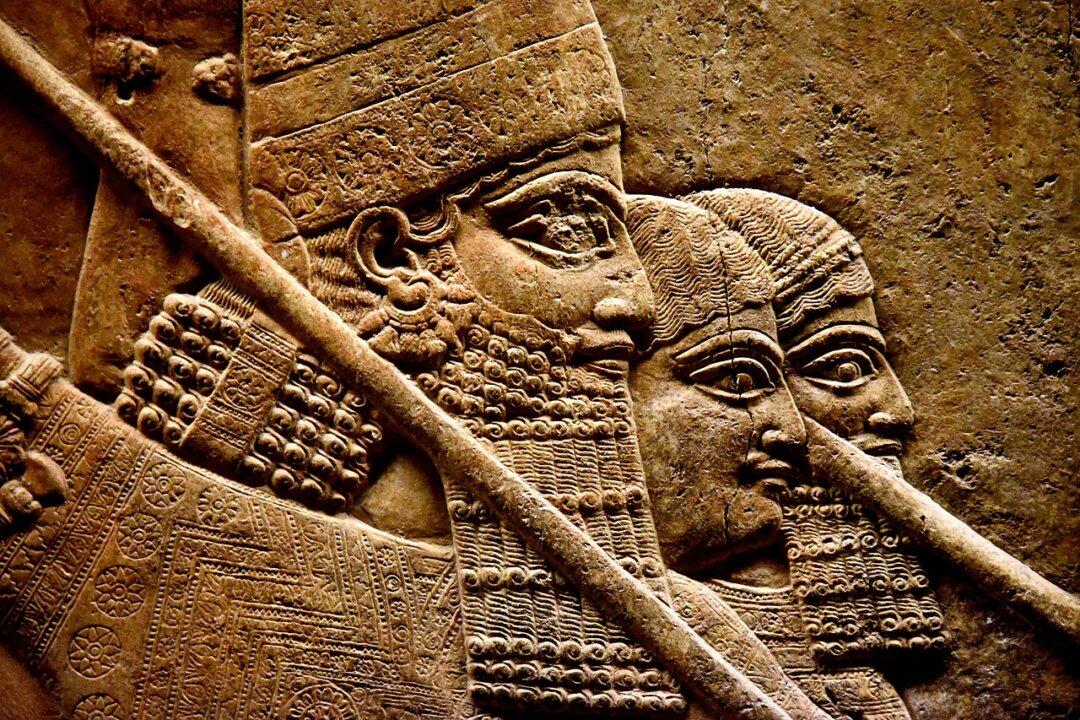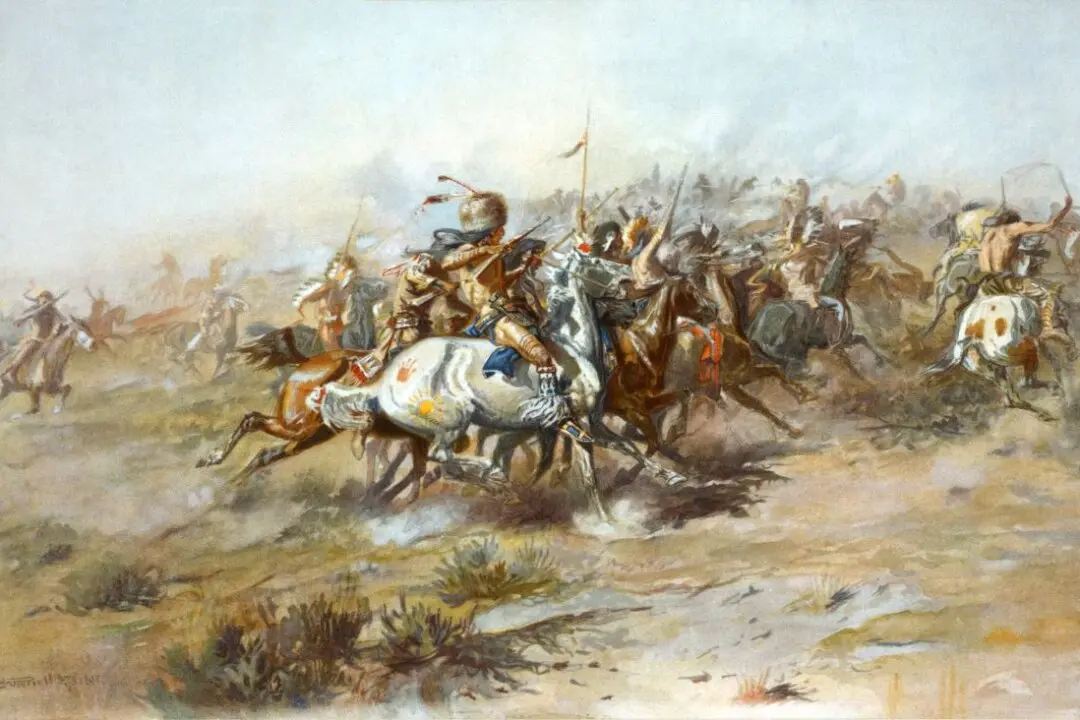For those interested in learning about the ancient Assyrians in a broad scope, Mark Healy’s new work “The Ancient Assyrians: Empire and Army, 883–612 BC” is a superb starting place, and for those wishing to simply have a good grasp of the ancient empire, it’s also not a bad place to end.
Mr. Healy states early in the book that he first wrote about the ancient Near East empire three decades ago, but his new work greatly expands on his knowledge and research from the end of the 20th century.






